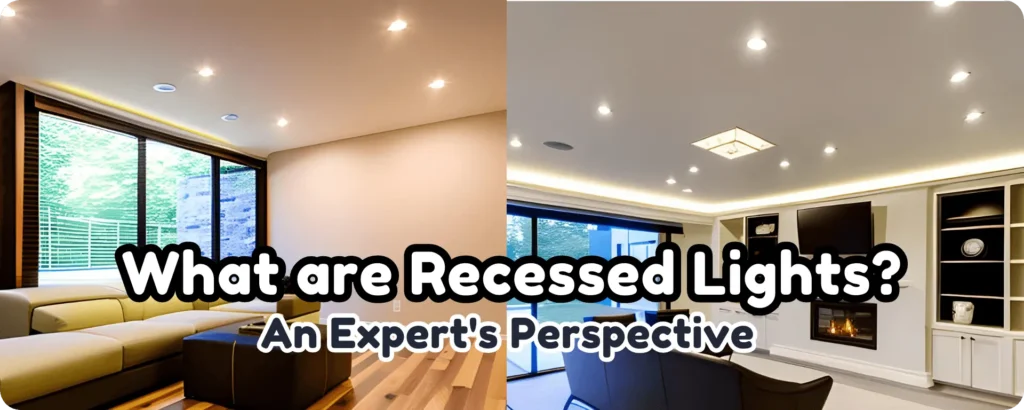

What is Recessed Lighting?
Before we dive into the details, let’s start with the basics. Recessed lights, also known as can lights or downlights, are light fixtures installed directly into the ceiling or wall, providing a sleek and seamless appearance. Unlike traditional fixtures that protrude, these lights are recessed, offering a discreet and unobtrusive lighting solution.
Benefits of Recessed Lighting
Recessed lights bring with them a plethora of advantages that appeal to homeowners and designers alike. Firstly, their minimalistic design blends effortlessly with any interior, allowing other elements in the space to take center stage. They are perfect for smaller rooms or locations with low ceilings since they give adequate illumination without taking up valuable floor or wall space. Recessed lights also provide a flexible lighting option since they may be utilized to highlight certain features or regions of a space or to provide broad ambient lighting.
Types of Recessed Lighting


There are several types of recessed lights available on the market, each designed for specific purposes. The most common types include:
1. Fixed Recessed Lights: These lights are stationary and cannot be adjusted once installed. They are ideal for providing general illumination to a room or highlighting specific areas.
2. Adjustable Recessed Lights: As the name suggests, these lights can be tilted or rotated to direct light to a particular spot. They are perfect for accentuating artwork, architectural features, or task areas.
3. Gimbal Recessed Lights: Similar to adjustable lights, gimbal lights offer more flexibility and range of motion, allowing you to focus the light precisely where you need it.
4. Baffle Recessed Lights: These lights feature a ribbed interior that minimizes glare and reduces light diffusion, making them an excellent choice for spaces that require a softer, more diffused light.
5. Decorative Recessed Lights:
For those seeking a touch of elegance and style, decorative recessed lights come in various designs and finishes to complement any interior décor.


Pros and Cons of Recessed Lighting
Pros of Recessed Lights
- Aesthetics: Recessed lights add a modern and sophisticated touch to any room, seamlessly blending with the ceiling to create a spacious and uncluttered atmosphere.
- Versatility: They cater to various lighting needs, including ambient, task, and accent lighting, thanks to their different types and adjustable features.
- Energy Efficiency: LED recessed lights consume less power than traditional incandescent bulbs, leading to reduced energy bills and a lower carbon footprint.
- Longevity: LED recessed lights have an impressive lifespan, lasting up to 25 times longer than incandescent bulbs, requiring fewer replacements and less maintenance.
- Focused Illumination: Adjustable and gimbal recessed lights allow the precise direction of light, perfect for highlighting artwork or specific task areas.
- Safety: The flush installation reduces the risk of accidental contact, making recessed lights a safer option, especially in homes with children and pets.
Cons of Recessed Lights
Consider these downsides before incorporating recessed lights into your space:
- Installation Complexity: Recessed lights may require professional assistance, especially if the wiring needs to be set up from scratch.
- Limited Spread: In larger rooms, additional lighting might be necessary to achieve complete coverage, as recessed lights offer focused illumination.
- Cost: LED recessed lights offer long-term savings, but their initial purchase and installation costs may be higher compared to traditional lighting options.
How to Install Recessed Lighting


Installing recessed lights may seem like a daunting task, but with the right guidance, it can be a rewarding DIY project. Making holes in the ceiling, wiring the lights, and anchoring them there are the steps involved. To guarantee safety and compliance with building rules, it is advised for people who are not comfortable with electrical work to obtain expert assistance.
Recessed Lights vs. Other Lighting Options
Informational: Wondering how recessed lights stack up against other lighting options? To assist you decide which one best meets your needs, we’ll contrast them with pendant lights, chandeliers, and track lights. Recessed lights provide a more understated and contemporary approach, emphasizing clean lines and inconspicuous aesthetics, in contrast to pendant lights and chandeliers, which lend a touch of elegance and function as statement pieces. Track lights, on the other hand, are adjustable and flexible but may not provide the seamless integration that recessed lights offer.
Are Recessed Lights Energy-Efficient?
Investigational: Energy efficiency is a top consideration when choosing lighting solutions. Recessed lights, particularly those equipped with LED technology, are renowned for their energy-saving capabilities. LED recessed lights consume significantly less power while producing bright and consistent illumination. This lowers energy costs and helps create a greener, more sustainable environment.
Conclusion:
As a result of its many advantages, recessed lights are a desirable lighting option for contemporary living areas. These lights may improve the atmosphere of any space thanks to their best design and energy-efficient operation. Although weighing the installation procedure against other lighting solutions is important, it is obvious that the advantages exceed the disadvantages for those looking for an elegant and seamless lighting solution. So, use recessed lights to brighten your room and enjoy the ideal balance of efficiency and elegance.

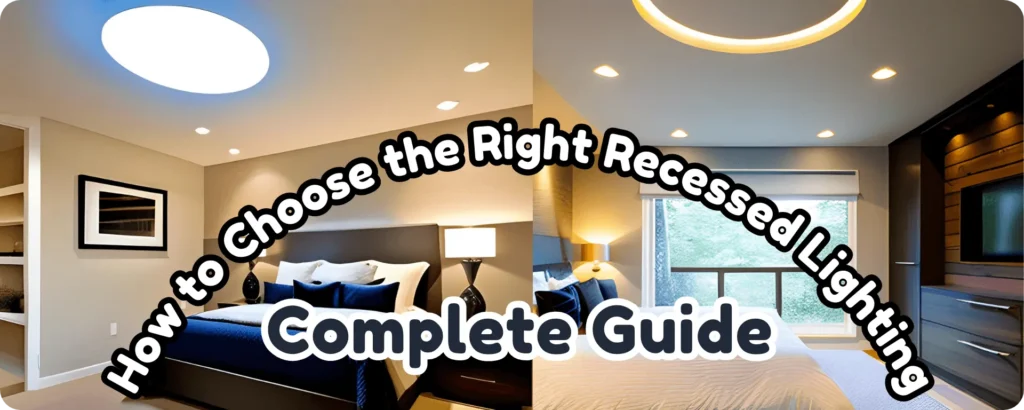

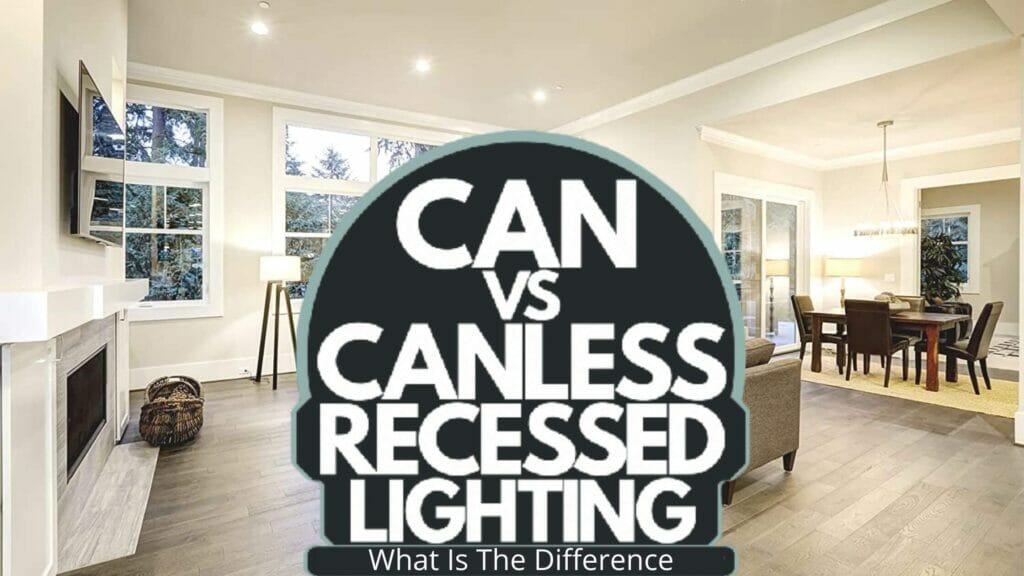
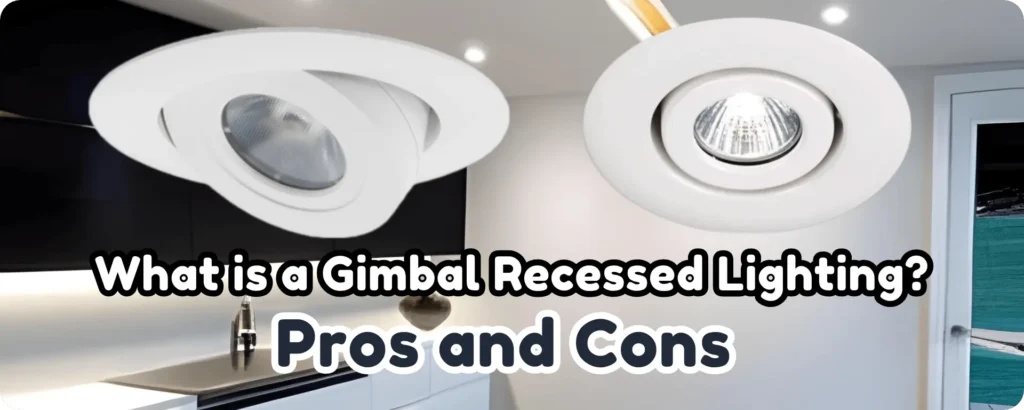

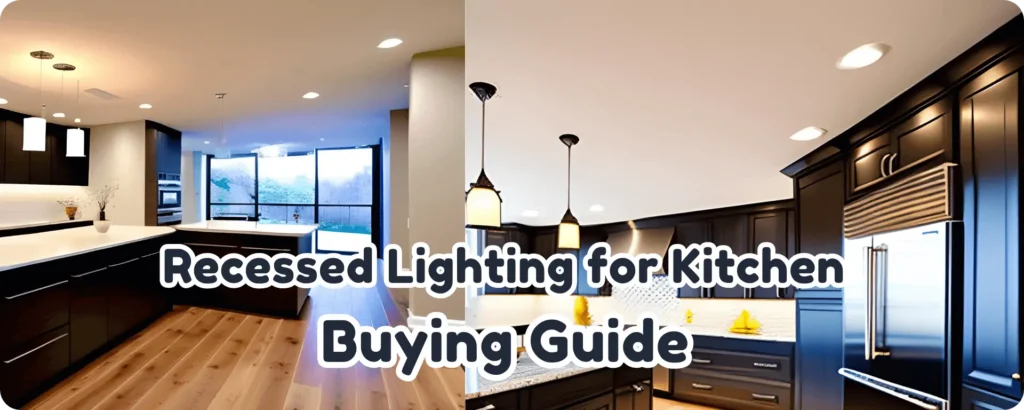
Pingback: Is Recessed Lighting Outdated? The Ultimate Guideline